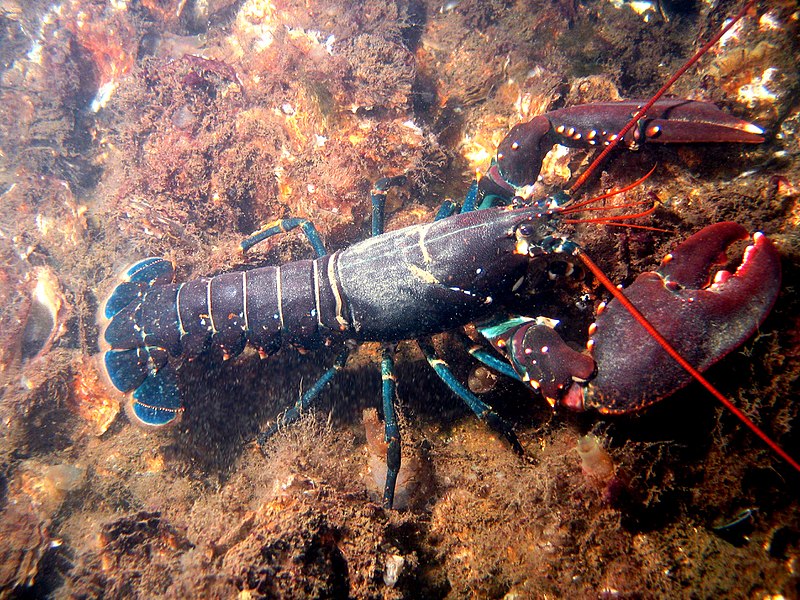Crustaceans like crabs, lobsters, and shrimp are exoskeletal invertebrates, which means they look nothing like us, or cute animals like mammals and birds. But a new study presented at Behaviour 2013 in the UK shows that crustaceans like lobsters feel pain–and want to avoid it, too.

Researcher Robert Elwood sought to prove whether crustaceans feel pain or only act upon reflex as a response to stimuli, as conventionally believed. First, he gave shore crabs a choice of two shelters, one of which was designed to give electric shocks. Then, he retrieved the crabs and gave them another shot at choosing the shelters. The crabs that chose the electric shock shelters the first time around were far more likely to choose the safe one the next time, while the crabs that chose the safe ones never moved to the other–dangerous–shelter.
In another experiment, Elwood presented the crabs with two different types of shells, one of which was a favorite among crabs already. (Think rent-controlled apartment next to Central Park, but for crabs). But the favorite shelter was designed to give small electric shocks, once inside. When presented with a new shell, the shocked crabs were far more likely to take it, and also moved more quickly.
Robert Hubrecht, deputy director of the Universities Federation for Animal Welfare (UFAW), noted that these findings are comparable to the lab results for mice, which became the basis for their protection under law. Hubrecht said that “we’re behaving in an illogical way” by protecting mice, but not crustaceans.
More animal news: These owls are being lured with song and killed by the US Fish and Wildlife Services
__
Photo: Bart Brun / Public domain via Wikipedia




